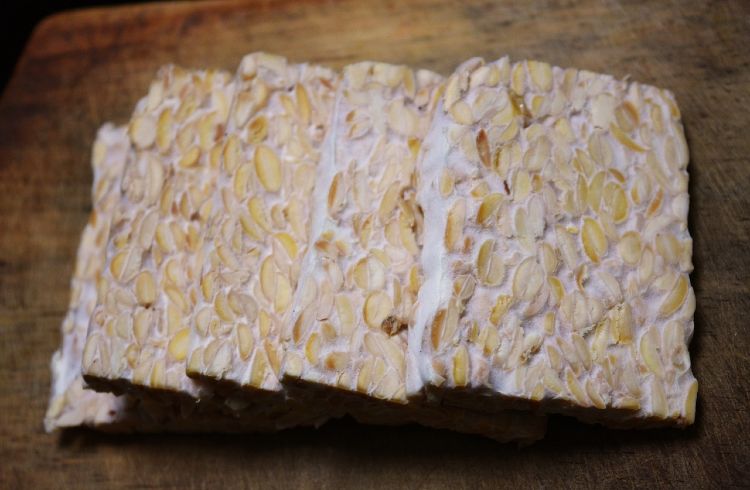The Gardener’s Chicken Diaries
I have a small cottage garden overflowing with Box hedging, roses, snapdragons, herbs, clematis, foxgloves, Verbena bonariensis, Penstemons, apple and quince trees as well as jasmine, lavender, rosemary, hollyhocks and ferns. The garden is set out as four raised beds with gravel inset as paths.
As a keen gardener, I have always loved the idea of keeping hens in my garden and after exchanging notes with many chicken-keeping people on Twitter, I decided the time was right to embark on this new activity.
My garden seemed the perfect place to keep hens, with an old greenhouse base that the coop could stand on, together with easy-to-keep-clean paths and plenty of foraging opportunities. I decided early on that my chickens would only be semi free-range as I already knew how much havoc they can cause if left to roam unattended.
I found out about a course at Bath City Farm and went along to learn exactly how to look after my flock. After only two hours I was hooked. We learned about the different breeds of hen, how to house them, feed them, look after them, as well as how to catch one and check it for mites. I had never held a live chicken before and I was sent into the hen house to grab one and pick it up. I was surprised at how solid and yet delicate they feel and I knew at that moment I was doing the right thing in getting my own.
At the poultry suppliers I chose three: a Sussex Light, a Siston Black Tip and a Rhode Rock. I chose these varieties based on their friendliness and egg-laying proficiency. Also in the running were Bluebell chickens, Cuckoo Maran and Warrens. There are either hybrid hens or pure breeds to consider: the hybrids are, apparently, better layers and less prone to problems. My Rhode Rock kept pecking at my coat, so I took that as a sign of affection and, as it turns out, she is by far the boldest.
Once home they settled quickly into their coop home, running around and proceeding to demolish their live mealworms, their favourite type of food. The lure of mealworms is an effective way of enticing them back into the chicken run after they have been roaming free in the garden. Princess Layer, Sylvia and Margo were soon enjoying munching my plants, scratching at the gravel and enjoying the sunshine.
As well as picking up the tiny spiders that live in the gravel, they have also done their best to get in to the beds to scratch and pick at insects. I have positioned a dust bath tray in their run to prevent them from kicking up the soil so much. The dust bath helps them to keep clean and free of mites. I used a cat litter tray filled with dry compost and they lie in it with their legs stretched out, as if on holiday.
In the meantime I am waiting to see what they will and will not demolish in the garden. I am putting hens before plants but at the same time I want a garden that looks like a garden and not a desolate patch of mud. The best methodology is that if a plant is eaten I replace it with another plant that I know they will not like. So far, the chickens seem to enjoy fennel and cranesbill geraniums a great deal but appear to steer clear of snapdragons, verbena, ferns, box, penstemons, grasses, alliums and sedum.
They do need a certain amount of looking after but with three cats, two dogs and a teenager, picking up after others comes as second nature to me. Each week the coop needs cleaning out and every day I take the chickens new treats to try. So far they have devoured melon, bread soaked in water, sweet corn, tomatoes, strawberries, cooked spaghetti and scraps of greens from the allotment. They already eat from my hand and have a genial way of chatting and hurrying up to greet me.
As far as other pets are concerned it is important to ensure the gate to the chicken run is always firmly closed, so that the chickens are free from harm and stress. I do know of dogs and chickens that co-exist but probably not terriers, dachshunds or the other hunting dogs, as they naturally view fowl as prey.
The advantages of keeping hens far outweigh the work required to keep them. They are naturally inquisitive and entertaining creatures and will provide endless hours of fascination just watching them. Fresh eggs make delicious mayonnaise, scrambled eggs, cakes and omelettes. However many eggs our chickens lay, I know we will always find a good use for them.
Contact Details
Emma Bond’s website and blog: www.bathgardendesign.me.uk and www.thebathgardeningschool.com/wordpress/
Follow Emma on Twitter: @emmmab

